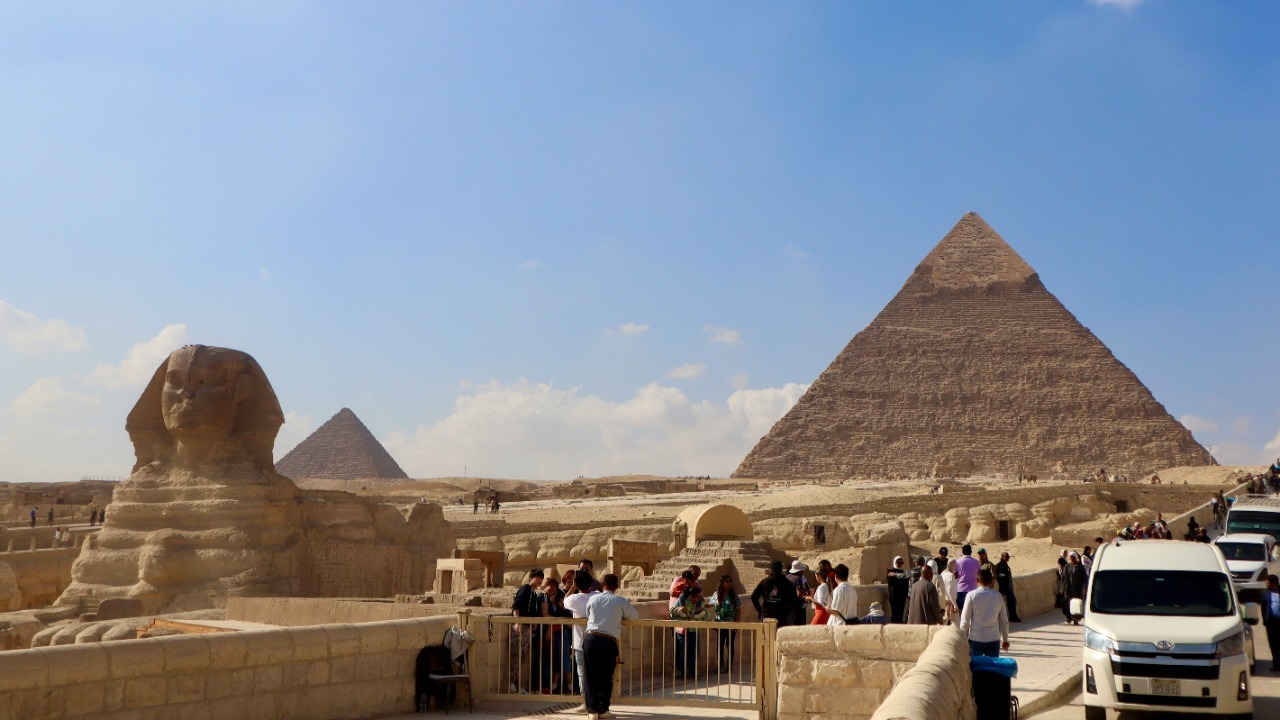
Recent advancements in scanning technology have unveiled new secrets within the Great Pyramid of Giza, hinting at the ancient structure’s possible hidden powers. These discoveries challenge our understanding of Egyptian history and offer fresh insights into the pyramid’s construction and purpose. This article delves into the latest findings and explores their implications.
The Enigma of the Great Pyramid
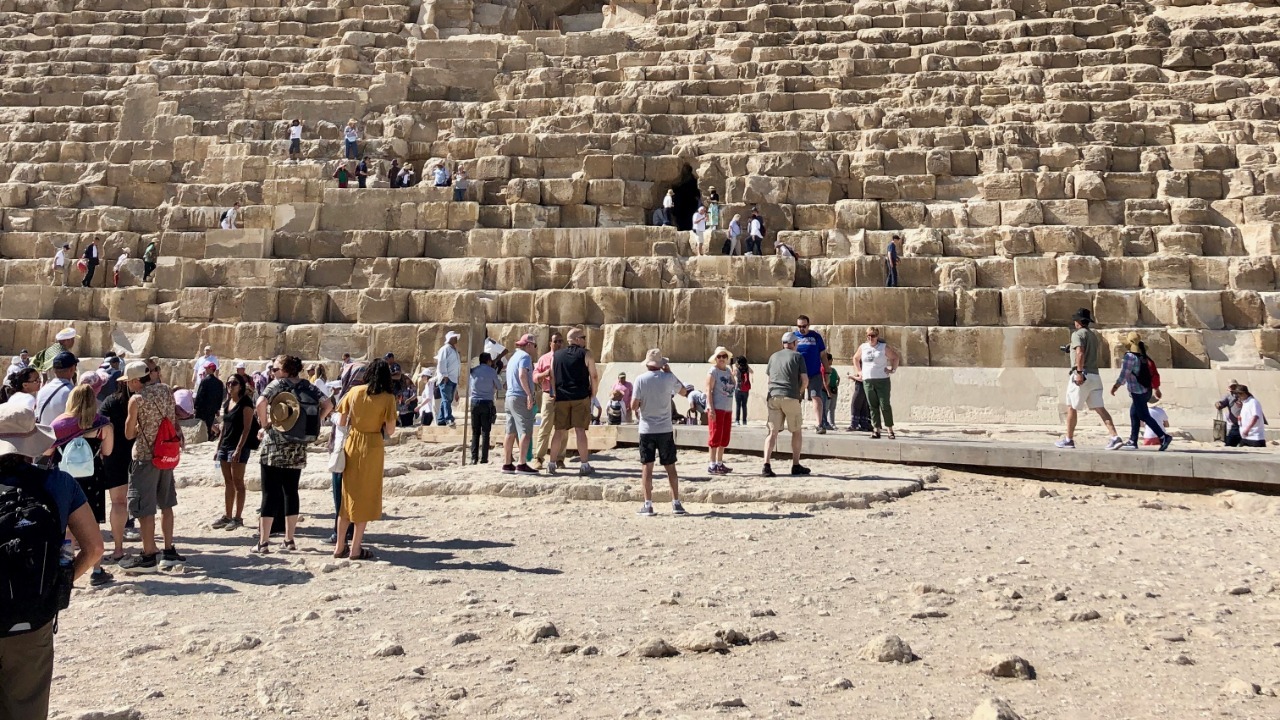
The Great Pyramid of Giza, one of the oldest and most remarkable structures in human history, continues to captivate scholars and laypersons alike. Constructed around 4,500 years ago during the reign of Pharaoh Khufu, it stands as a testament to the architectural acumen of ancient Egyptian civilization. The sheer enormity of the pyramid, originally standing at 146.6 meters, and its precise alignment with the cardinal points of the compass, have fueled numerous debates about the techniques and tools used in its construction. Despite being one of the most studied monuments globally, the pyramid still harbors mysteries that have eluded definitive explanation.
Throughout history, various theories have sought to explain the purpose of the Great Pyramid beyond its apparent function as a royal tomb. Some ancient texts and modern hypotheses suggest that the pyramid served as a repository of knowledge or even a source of mystical energy. Legends and myths have further romanticized the pyramid’s enigmatic nature, proposing that it could harness celestial powers or serve as a gateway to other realms. These narratives, although speculative, have persisted in shaping the collective imagination about the pyramid’s true purpose and capabilities.
Breakthrough Scanning Technologies
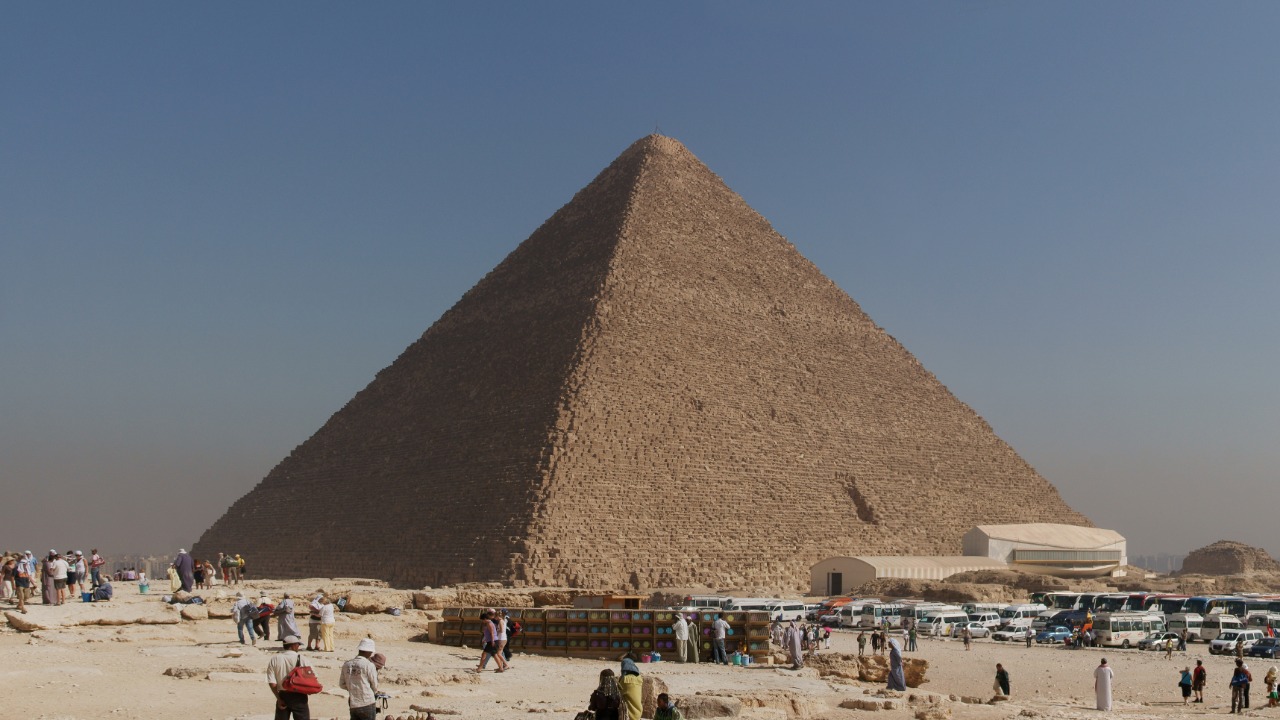
In recent years, archaeological research has been revolutionized by advanced scanning techniques, particularly muon radiography. This technology leverages cosmic rays to detect density variations within the pyramid’s structure, allowing researchers to visualize its internal layout without invasive methods. Alongside muon radiography, other non-invasive techniques like infrared thermography and 3D reconstruction have provided unprecedented insights into the architectural complexities of ancient monuments.
The application of these advanced technologies to the Great Pyramid has led to some remarkable discoveries. Recent scans have identified previously unknown chambers and passages within the pyramid, sparking renewed interest and speculation. Structural anomalies detected through these scans suggest that the pyramid’s construction involved sophisticated engineering techniques that are not yet fully understood. These findings challenge existing theories and open up new avenues for research into the pyramid’s design and purpose.
Unraveling the Secrets: Hidden Chambers and Their Implications
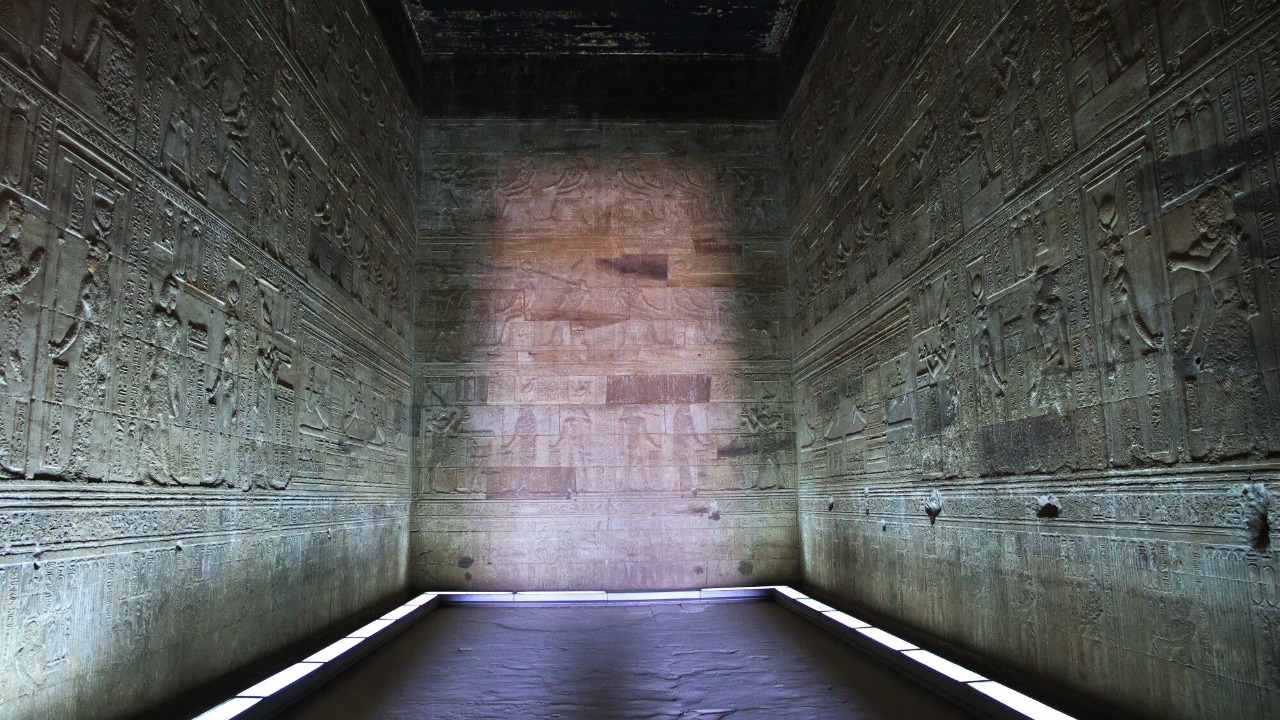
The newly discovered chambers within the Great Pyramid could hold the key to understanding its original purpose. Some researchers speculate that these hidden spaces may have served as ceremonial or storage areas, while others believe they could have housed equipment related to the pyramid’s construction or maintenance. The implications of these findings are profound, prompting a reevaluation of long-held beliefs about the pyramid’s function and significance in ancient Egyptian society.
These discoveries also challenge established historical narratives, prompting scholars to reconsider the timelines and technological capabilities of ancient Egypt. If further research corroborates the existence of these hidden chambers, it may necessitate a revision of our understanding of Egyptian architectural and engineering practices. This, in turn, could shed light on broader aspects of ancient Egyptian society, including their technological advancements and cultural priorities.
Theories on the Pyramid’s Power and Purpose

One intriguing theory that has gained traction in recent years is the idea that the Great Pyramid served as an energy generator. Proponents of this theory point to the pyramid’s geometric precision and alignment with natural energy sources as evidence of its potential to harness or amplify electromagnetic phenomena. While this hypothesis remains controversial, it highlights the enduring fascination with the pyramid’s potential as a source of ancient technological prowess.
Beyond its potential technological capabilities, the Great Pyramid holds significant symbolic and spiritual meaning within the context of ancient Egyptian religion and cosmology. As a monumental structure, it was likely intended to convey the pharaoh’s divine status and serve as a connection between the earthly and celestial realms. The pyramid’s symbolic power has transcended cultures, influencing architectural and spiritual traditions worldwide. These interpretations underscore the multifaceted nature of the pyramid’s significance and its enduring impact on human history.
Future Research and Exploration
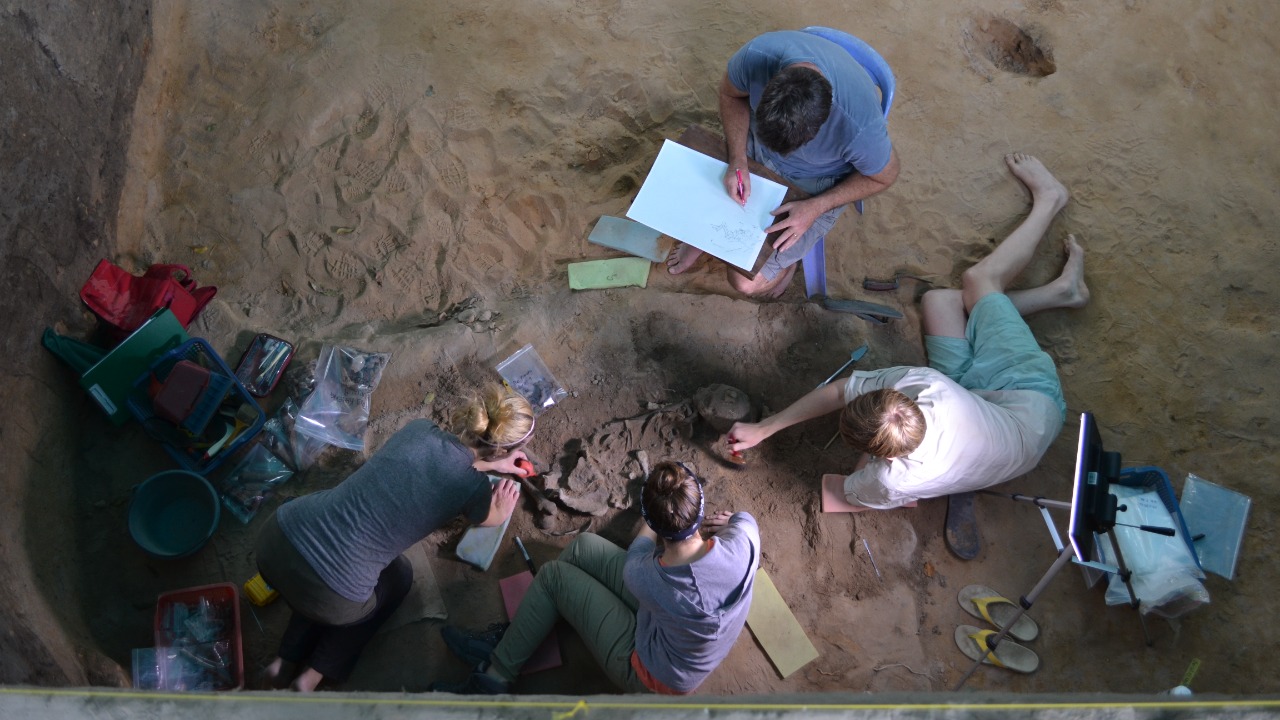
Ongoing investigations into the Great Pyramid’s mysteries are poised to yield even more groundbreaking insights. Researchers from around the world are collaborating on projects that utilize cutting-edge technologies to explore the pyramid’s internal structure further. These international efforts are crucial in advancing our understanding of the pyramid and its place within the broader context of ancient civilizations.
The implications of these discoveries extend beyond the Great Pyramid itself, offering lessons for archaeological research at other historical sites across the globe. As new technologies continue to emerge, they hold the potential to reshape our understanding of ancient societies and uncover hidden aspects of human history. The pursuit of these mysteries is not just about unraveling the past but also about enriching our appreciation of the complex tapestry of human achievement.